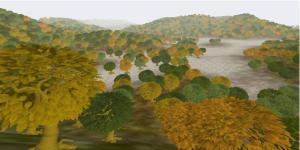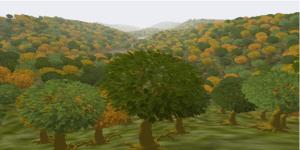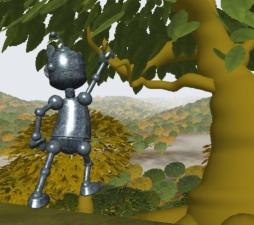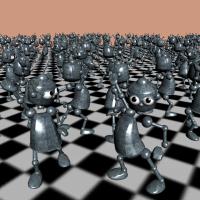Deferred Splatting
Eurographics 2004, Grenoble, France.
[bibtex] [pdf] [slides] [video1] [video2]
Abstract
In recent years it has been shown that, above a certain complexity, points become the most efficient rendering primitives. Although the programmability of the lastest graphics hardware allows efficient implementation of high quality surface splatting algorithms, their performance remains below those obtained with simpler point based rendering algorithms when they are used for scenes of high complexity. In this work, our goal is to apply high quality point based rendering algorithms on complex scenes. For this purpose, we show how to take advantage of temporal coherency in a very accurate hardware accelerated point selection algorithm allowing the expensive computations to be peformed only on visible points. Our algorithm is based on a multi-pass hardware accelerated EWA splatting. It is also suitable for any rendering application since no pre-process is needed and no assumption is made on the data structure. In addition, we briefly discuss the association of our method with other existing culling techniques and optimization for particular applications.



A landscape with 6800 trees. At the higher resolution, the tree model contains 750k points. This frame contains approximately 2300 visible trees and is rendered at the rate of 11fps. The ground is a polygonal mesh and it illustrates the use of our algorithm mixed with traditional triangle based rendering. [video1] (9.5Mb)

A dynamic scene (200 obj.) of the Hugo model (450k points) rendered at 33 fps.
Laurence Boissieux @ INRIA 2003. [video2] (9Mb)
